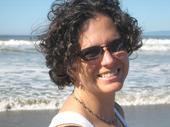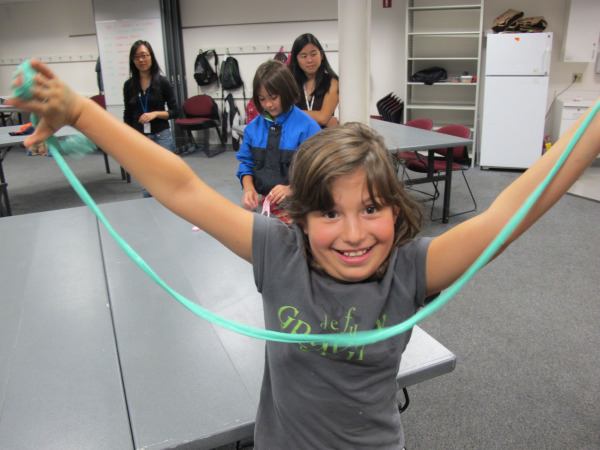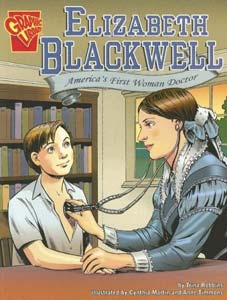
What do inline skates, CDs, Frisbees, and even the clothes you wear have in common? On a Thursday in late August, science educator Cassie Byrd (pictured) put the question to the homeschooled girls participating in the Exploratorium’s Girls’ Science Institute.
The first day of this 3-day institute, part of the museum’s homeschool curriculum and designed for girls ages 9 to 11, had focused on heart science, with the girls building their own “hearts” out of plastic jars and balloons. The 2nd day was all about “the amazing women who rocked their scientific worlds.” The girls made fossil molds and casts and learned about Mary Anning, whose fossil discoveries helped establish the scientific field of paleontology.
Hands-on chemistry: Now, on the third and last day of the Institute, chemistry was on the menu. And what better way to bring the oft-intimidating science down to earth than by exploring polymers, the basis of everything from toys to bicycle tires.
Cassie explains how she chose the two hands-on chemistry activities for that day. “I just searched howtosmile.org for polymers; the first thing that came up was Playing with Polymers, which shows kids how to make everyone’s favorite substance--flubber.

“Making and playing with slime is always a winner,” Cassie laughs, “so I knew I would do that one.”
The second activity took a little more tweaking. “Shrinkers [in which learners compare the size and shape of plastic pieces before and after heating and cooling] is really heavy with science,” says Cassie, “which is good. But I wanted a more creative environment, so I modified the activity so that the girls could use the shrinking process to create charms for bracelets or necklaces. They compared the size of the plastic before and after shrinking. Their natural curiosity led them to wonder what happens to interestingly shaped plastics as they are heated. They also tried using the shrinking process to ‘weld’ pieces together.”
Homeschool programs, with and without parents
Girls’ Science Institute is only one of many workshops at the Exploratorium’s Homeschool Science Program, now in its third year. Most courses are co-ed and until this year, parents were always part of the workshops. “They played a teacher’s role, mostly,” says Cassie, and were a lot of help. But recent workshops have experimented with having just the kids and not the parents.
It’s a different dynamic, says Cassie. Learners may feel more freedom to explore what they (rather than their parents) are interested in. But without the parents, Cassie notes, there are more classroom management issues, much like in a traditional classroom—issues of keeping students engaged and on task.
“But these kids are a pretty self-selected group. For the most part they want to be here, and they really love science. So they’re great to work with.”
Gender difference and a reading station
Cassie coordinates the Homeschool Program with Ken Finn, and both educators are always trying out new approaches. In the Girls’ Science Institute, for example, Cassie created a “Reading Station” in the classroom. It started the first day almost by chance. As they waited for all the participants to arrive, Cassie said to the early arrivers, “I have a stack of books over in the corner about women and science. Take a look if you feel like it.”
The girls did feel like it. They took to the “educational comics” in particular. Capstone Press’ Graphic Biographies series has books on women scientists like Nobel Prize-winner Marie Curie, who did groundbreaking work on radioactivity, and Elizabeth Blackwell, the first female M.D. in the United States.
At lunch that first day, the girls gravitated back to what had now become the Reading Station, and on the morning of the second day, they made a beeline there as well. Cassie had beefed up the selection, and much to her surprise, she found that throughout the day the girls would mention things they’d read in the books.
“They’d be doing these hands-on activities, saying to each other stuff like, ‘Did you know that Elizabeth Blackwell knew Florence Nightingale?’ They really got into it.”
On the third day, girls even brought science books from home to add to the Reading Station.
“I don’t know if it’s a gender thing or just the temperament of these particular learners,” says Cassie, “but the girls were generally mellow in the mornings and would choose to read quietly on their own before the workshop began. Another noticeable difference was personal space--the girls would often share a chair and sit very close to one another while doing activities. When I brought them together as a group to show them something, they would all sit, lie, or sprawl on the table to crowd around what I was demonstrating. These actions were very different from my co-ed classes.”

